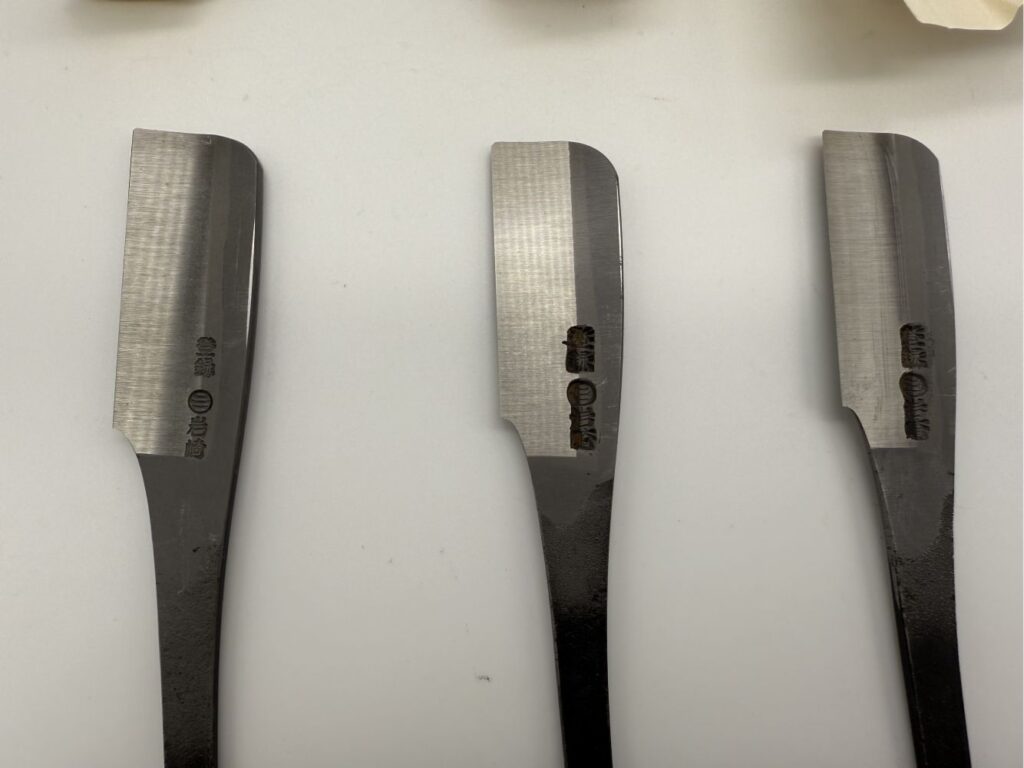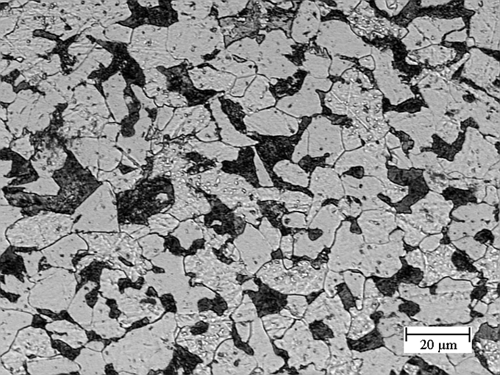The term "ageing" means "aging". aging) in the context of metalworking is most often associated with natural or controlled microstructural changes that occur after the quenching/ tempering process. In the case of knives and razors, this phenomenon can have a significant effect on the behaviour of the blade, cutting properties and performance. In this article, we will discuss what steel ageing is, how it occurs and why it is of particular interest to vintage tool enthusiasts.
What is steel ageing?
Heat treatment - quenching and tempering - are well-known processes for forming the desired microstructure of steel (e.g. martensite) and for reducing stresses. However, these processes do not always result in a "final" material. Eventually, or through specific procedural steps:
- Dissipation of micro-stresses: the stresses generated during the many hot working cycles gradually decrease.
- Changes in carbides and martensite: carbide compounds may undergo some rearrangement, with a more homogeneous microstructure.
- Dimensional stabilisation: avoids unexpected deformations, especially after sharpening or use.
This process can include:
- Artificial (controlled): where the steel is tempered at a fixed temperature for several hours or days after tempering.
- Natural: where, over time, over years or even decades, the structure "matures" on its own.

Why is this relevant for knives and razors?
Tools with blades with very thin geometries and high demands - such as razors or high-end kitchen knives - are particularly sensitive to the microstructural properties of steel. When the steel is properly "aged", one can expect:
- Improved dimensional stability: less prone to deformation during use or sharpening.
- A smoother sharpening feel: 'aged' steels often appear 'softer' while retaining their hardness, which can make sharpening more enjoyable.
- Improved long-term cutting performance: the structure is more homogeneous, allowing the blade to "hold" its sharpness better.
- Less risk of cracking or micro-cracking due to lower stresses.

Japanese tradition: how craftsmen "age" steel
Interesting traditions are emerging in the Japanese context of knife and sword making:
- Some craftsmen leave the blanks after forging for several months or even years while the internal stresses are removed. Such a workpiece is called "negi-mono" ("calm metal").
- After hardening, the workpiece is sometimes allowed to "rest" at room temperature before being released.
- Some old-school blacksmiths argue that steel "matures" with time - comparing it to wine or sake, saying that the longer it rests, the better the quality of the blade.
These techniques are not only for the technical structure, but also for the aesthetics of the craft - the craftsman "allows" the steel to take on character.

Vintage tools: when natural ageing is an advantage
When we talk about vintage knives and razors (e.g. made decades ago or more), we often refer to steel that has already been "naturally aged". This means:
- If the tool has been well manufactured (appropriate heat treatment), then over 20, 50 or more years the steel has undergone a natural stabilisation of its microstructure.
- In this case, the owner may notice a "different" behaviour - e.g. easier sharpening, "softer" cutting, better shape stability.
- For collectors or users, these older tools can therefore be valuable not only for their history, but also for their steel properties.
Is it always worth it? What to look out for
Although the ageing effect can be very beneficial, it is worth remembering:
- If the steel has not been properly treated (tempered/released), the effects of time do not work wonders - the structure may be too mobile or defective.
- Vintage tools may have needed restoration, polishing - so the properties may have been modified.
- Technology has evolved: old steel alloys and production methods have become different from modern ones. Therefore, "aged" old steel is not necessarily "better" in all cases.
- Sharpening, use and maintenance factors have a big impact - even "aged" steel can lose its sharpness or become deformed if used carelessly.
Conclusions
Ageing of steel - both artificial and natural - is a subtle but significant process that affects the microstructure of the blade. Particularly for knives and razors that require high quality blades, this effect can lead to a better cut, greater stability and more pleasant handling. Old vintage tools are often past their 'maturing' or 'aging' period and can therefore have a unique character.

